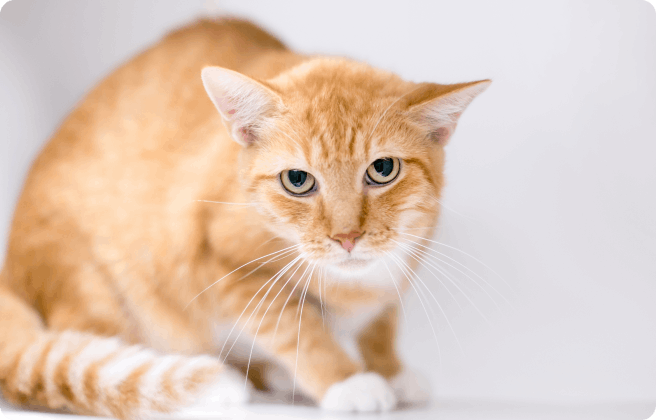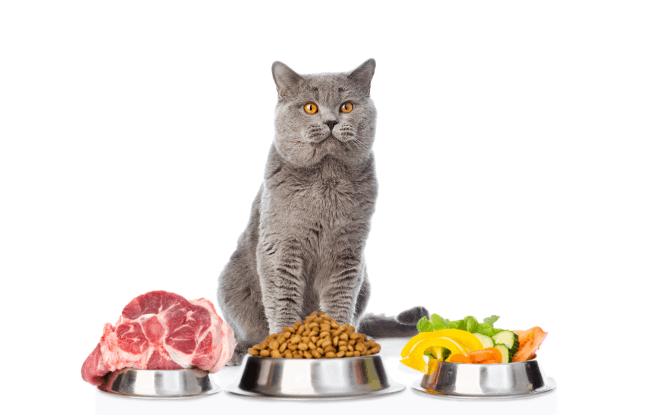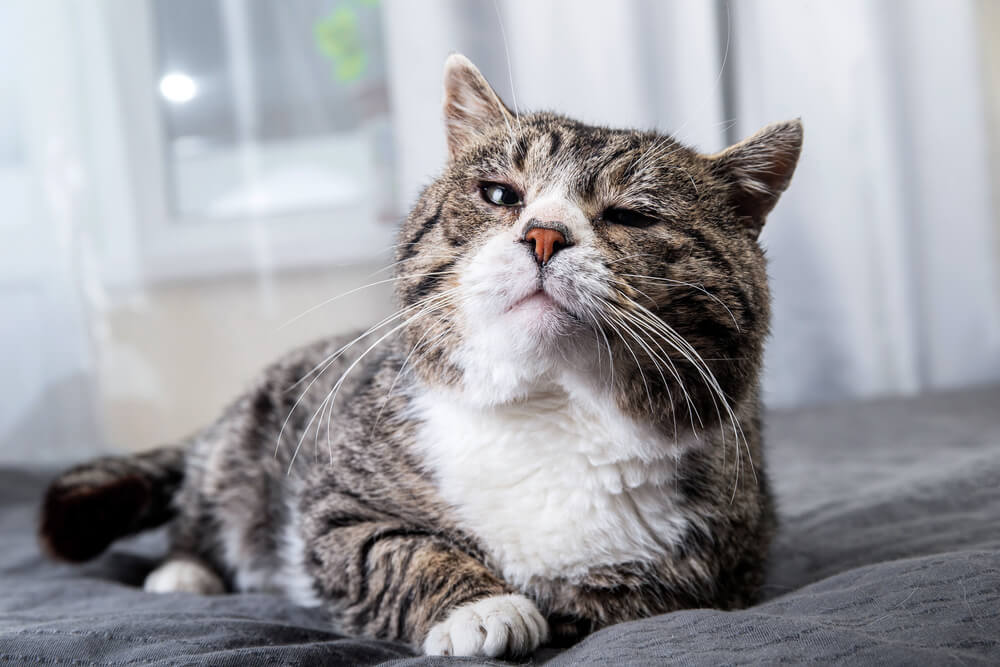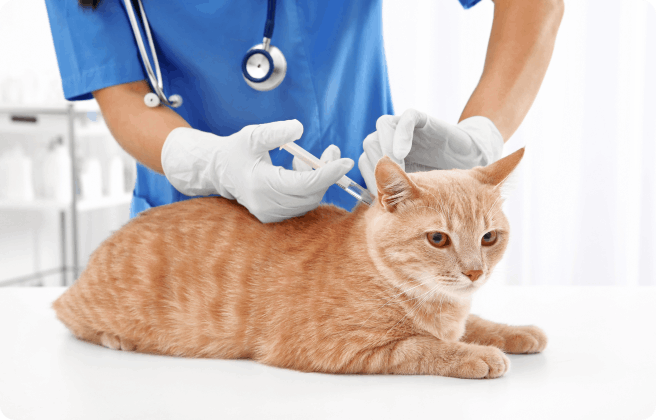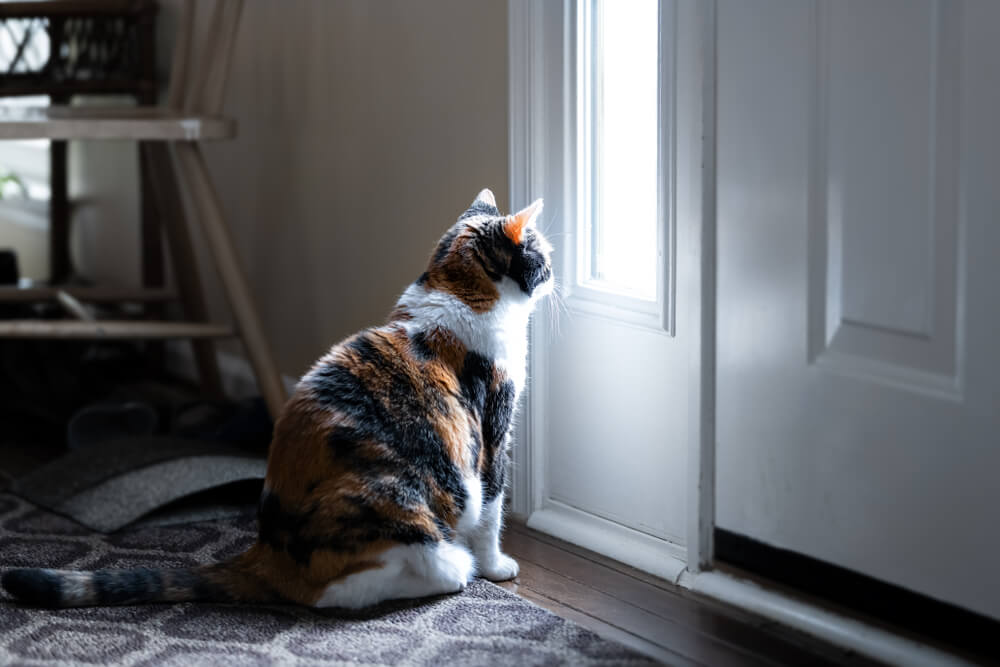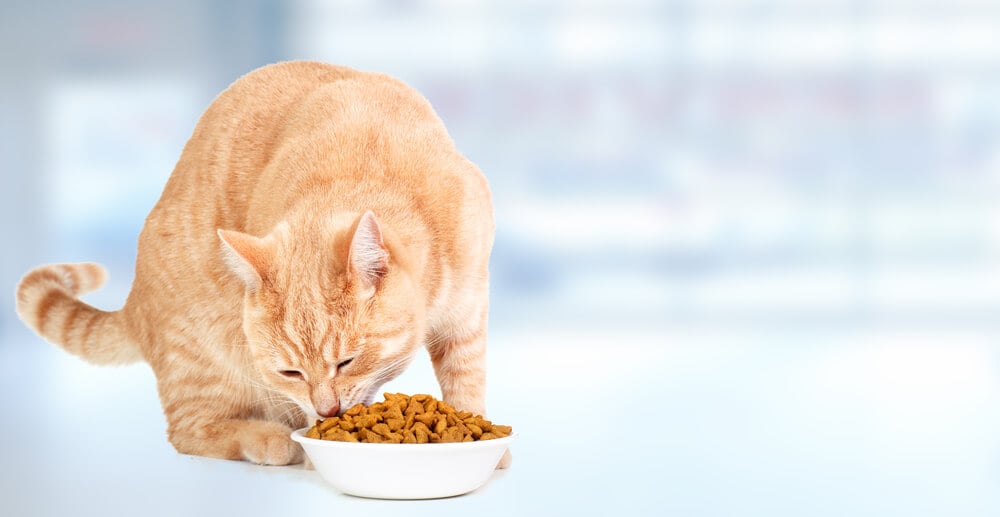
Cats, just like humans and dogs, need a nutritionally balanced diet which is appropriate for their age, lifestyle, and health. The ideal diet contains the perfect amount of protein, fat, carbohydrates, vitamins, minerals, and fiber.
Fibers are carbohydrates which are not digestible in the body, and are often overlooked when deciding our cat’s diets. However, it’s vital for their digestive health, and can affect their toileting habits, their stool, and how their colon functions.
The wrong amount of fiber in your cat’s diet can cause issues such as hairballs, diarrhea, and constipation. The right amount of fiber can be used to combat problems such as diabetes, kidney disease, and high cholesterol, depending on the type which is consumed.
The two main types of fiber are:
Soluble fiber – Fermentable in the large intestine. These soluble fibers combine with water to form a thick gel-like solution which improves nutrient absorption and also reduces diarrhea by firming up stool.
Insoluble fiber – Does not ferment in the large intestine. This type of fiber is helpful for carrying hair through the digestive system to reduce hairballs, and for reducing constipation.
Most fiber sources will contain both types of fiber.
How much fiber do cats need?
Cats don’t have the same requirement for fiber as dogs do. In fact, fiber isn’t an essential nutrient for either cats or dogs. As obligate carnivores, cats have a very low (to no) actual requirement for fiber, so their diets should reflect this. Too much fiber could be detrimental and reduce the digestibility of their diet. Having said this, fiber is still beneficial to cats for reducing hairballs and promoting a healthy digestive system.
As cats need low dietary fiber, the fiber content within a commercial food that contains any carbohydrates or vegetables will usually be adequate for most cats. If a cat is struggling with upset digestion or hairballs, then adding functional fibers into the diet to support these areas would be beneficial, but if not, there’s no need to worry about adding extra fiber to their diet.
Most regular cat food, not formulated for specific health conditions, will contain an average amount of fiber, around 2-8%. High-fiber cat food will usually contain around 12% fiber.
If you’re unsure how much fiber to feed your cat, seek advice from a veterinarian.
How can I add fiber to my cat’s diet?
You can either choose a food which is higher in fiber content, such as formulas which are specifically for reducing hairballs, or you can add fiber on top of your cat’s current diet. This will usually come in the form of supplements or treats, like broth, powders, and tablets.
Seek advice from your veterinarian before starting any form of supplement to ask about feeding quantities and frequency. This can also rule out any underlying health issues which could be causing the symptoms which your cat may be showing.
We uphold the highest editorial standards when creating the authoritative content pet parents rely on and trust.
Every piece of clinical content on the Cat Food Advisor is reviewed by our certified Veterinary Advisory Board, which consists of licensed veterinarians and medically certified specialists.
Our reviews are completely independent; we are not paid by any pet food company to promote their products favorably. We do not accept money, gifts, samples or other incentives in exchange for special consideration. For more information see our Disclaimer & Disclosure page.



